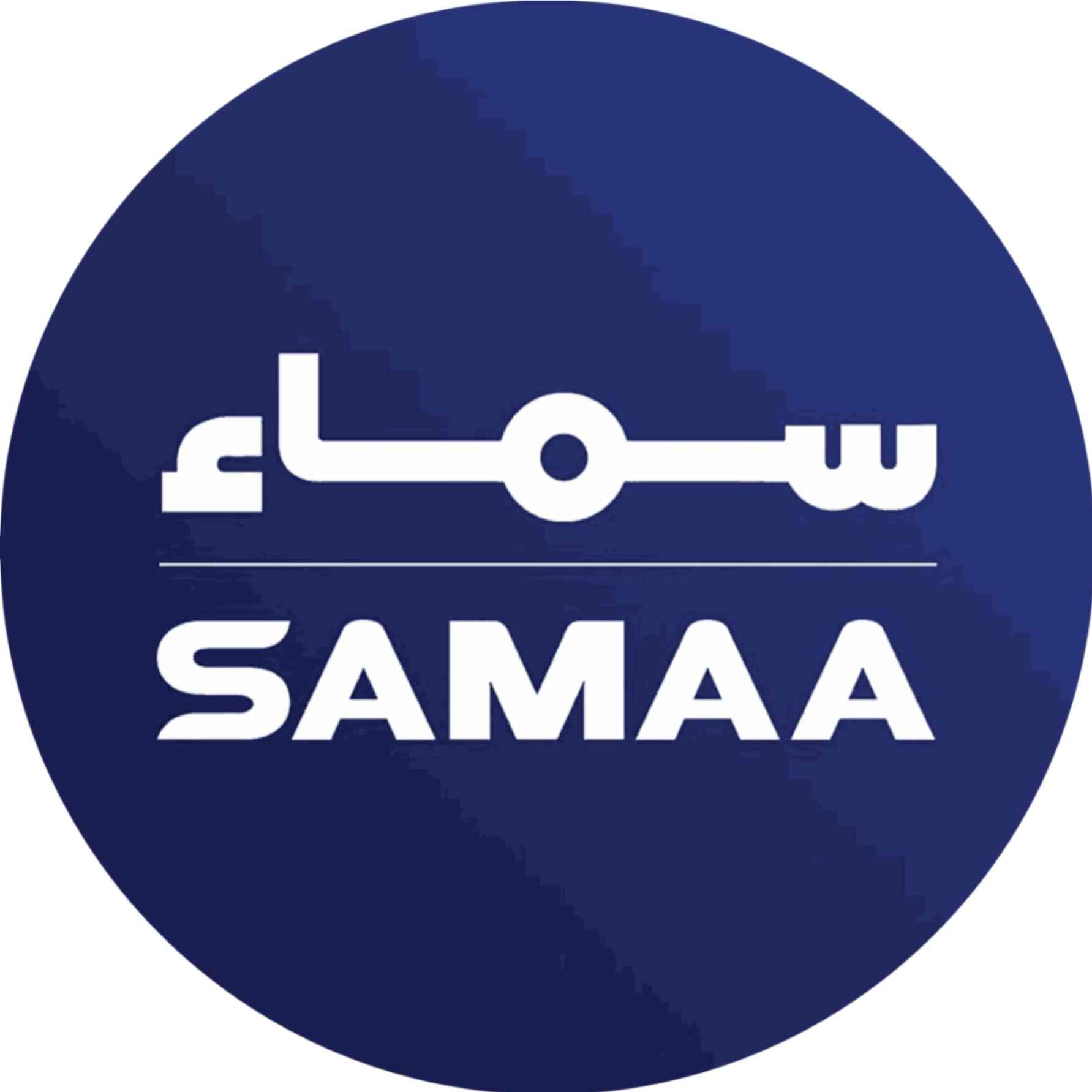India has begun offering cheap loans for arms exports, aiming to win over long-time customers of Russia amid a global arms race and shifting geopolitical alliances.
The plan includes direct government negotiation of some arms deals, support from India's EXIM Bank, and a sharp increase in the number of defense attachés deployed across Indian embassies, particularly in countries with historic defense ties to Moscow.
According to 15 Indian and foreign officials interviewed by Reuters, many of whom spoke on the condition of anonymity due to the sensitivity of the issue, the Indian government is seeking to double its arms and defense equipment exports to $6 billion by 2029. Though India missed its $3.5 billion target for the 2023-24 fiscal year by a third, exports still marked a massive jump from just $230 million a decade ago.
Targeting the global south
The latest push is focused on Africa, South America, and Southeast Asia — regions that have traditionally relied on Russia for defense procurement. New Delhi plans to deploy at least 20 additional defense attachés by March 2026 to countries such as Algeria, Argentina, Guyana, Tanzania, Morocco, Ethiopia, and Cambodia, according to Indian defense officials.
These attachés are tasked with analyzing host nations’ defense needs and promoting Indian-made arms, a strategy that appears to have already paid off in Armenia. Once heavily reliant on Russian arms, Armenia purchased 43% of its arms imports from India between 2022 and 2024, up from virtually nothing between 2016 and 2018, according to data from the Stockholm International Peace Research Institute (SIPRI).
The diplomatic reshuffle will also see a reduction in the number of attachés stationed in Western nations, officials added.
Financing as strategic lever
One of the key components of this export push is the role of the Export-Import Bank of India (EXIM), whose loan portfolio stood at $18.3 billion in 2023-24. Indian arms manufacturers, long hamstrung by a lack of commercial financing for defense exports due to high credit and political risks in importing countries, have lobbied extensively for this initiative.
By leveraging EXIM’s commercial business arm — which does not draw solely from the national budget but has the government as a financial backstop — New Delhi hopes to make Indian arms exports more competitive globally.
This financing model mirrors that of countries like France, Turkey, and China, whose defense deals are often accompanied by attractive credit guarantees or long-term repayment options.
India opened its first EXIM office in Brazil in January this year and is reportedly in talks to export Akash surface-to-air missile systems and even build warships for Brasília. Bharat Electronics Ltd (BEL), which produces components for the Akash system, has also opened a marketing office in São Paulo, signaling Delhi’s seriousness in tapping the Latin American market.
In a world where defense budgets are stretched and artillery stockpiles are running dry amid the ongoing war in Ukraine, India is marketing itself as a low-cost alternative. Indian-made 155 mm artillery shells reportedly cost between $300 to $400 each — a fraction of the over $3,000 price tag for their European counterparts. Similarly, Indian howitzers are being offered at around $3 million, nearly half the cost of similar Western models.
This price advantage has attracted attention, particularly from nations seeking to restock amid reduced global production capacities. State-run Munitions India and private players like Adani Defence and SMPP are scaling up production, with SMPP setting up a new facility specifically for large-caliber ammunition, citing “massive demand.”
"With this changing scenario, we definitely see huge demand for artillery ammunition,” said Ashish Kansal, CEO of SMPP.
From small arms to high-tech equipment
Historically, Indian arms exports have focused on ammunition, small arms, and component parts. However, Delhi is now aiming higher, showcasing indigenously produced combat helicopters, missile systems, and high-tech defense solutions during military exercises and arms expos.
India’s total arms production reached $14.8 billion in the 2023-24 fiscal year — a 62% increase since 2020. Some of this output has already made its way to the frontlines in Ukraine, where Indian-made artillery shells were used in Kyiv’s defense efforts, Reuters previously reported.
Still, challenges remain. Viraj Solanki, a research fellow at the International Institute for Strategic Studies (IISS) in London, cautioned that India must more frequently use and demonstrate the effectiveness of its indigenous systems to gain the trust of potential buyers.
“Unless it starts using its indigenous equipment more frequently and demonstrating its effectiveness, it is likely to struggle to convince potential buyers,” Solanki said.
Strategic autonomy and soft power
The latest moves are consistent with India’s long-standing aim of achieving strategic autonomy in defense — a pillar of its foreign policy since the Cold War. But this new aggressive export strategy also reflects a desire to position India as a global power able to shape defense landscapes beyond its immediate neighborhood.
With Russia’s arms production now focused almost exclusively on its war with Ukraine, and Western arsenals depleted due to military support to Kyiv, many developing nations are scrambling to find alternatives. India, with its ability to adapt both Western and Russian military technologies, is stepping into this vacuum.
Rosoboronexport, Russia’s state arms exporter, acknowledged that it remains in talks with India to co-produce and jointly market arms to “friendly” third-party states. However, India’s recent success stories, such as Armenia, suggest that Delhi may increasingly compete with — rather than complement — Russia in the global arms trade.



























